In the post-pandemic hygiene-conscious world, keeping oral care tools truly sanitized is no longer optional—it’s a core consumer demand. Brands and manufacturers alike are turning to UV sanitizer compatible technology to offer smarter hygiene solutions. But does this innovation effectively keep clean brush heads germ-free between uses, or is it just a marketing add-on?
Let’s break down the science and business logic behind UV-compatible toothbrush tech and its growing relevance in competitive B2B product lines.
With increased awareness around cross-contamination and microbial buildup, customers are more skeptical of “clean-looking” brush heads. Even with regular rinsing, toothbrush bristles can harbor:
A UV sanitizer compatible toothbrush head or storage system is designed to work seamlessly with UV-C light devices that emit specific wavelengths (typically 260–280nm) to neutralize microorganisms. These designs ensure:
For manufacturers, building UV compatibility into a brush head is now a hygiene-forward design requirement—not a luxury. Company web: https://www.powsmart.com/product/electric-toothbrush/
Studies show that UV-C light can reduce up to 99.9% of common bacteria like E. coli and Streptococcus mutans when applied correctly. However, effectiveness depends on:
To deliver true UV functionality, B2B product developers must address:
These features ensure smooth integration with existing or third-party UV sanitization devices.
For brands, offering UV sanitizer compatible toothbrush systems means:
As consumer demand evolves, expect:
So, does UV sanitizer compatible technology truly keep clean brush heads germ-free? The answer is a strong yes, when the system is designed with the right exposure, materials, and integration points. For B2B players, this isn’t just a trend—it’s an engineering and branding opportunity worth pursuing now. Contact us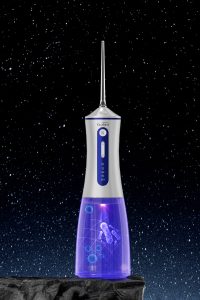
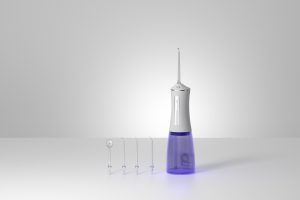

Is an Under 50dB Brush Quiet Enough as an Apartment Living Toothbrush?
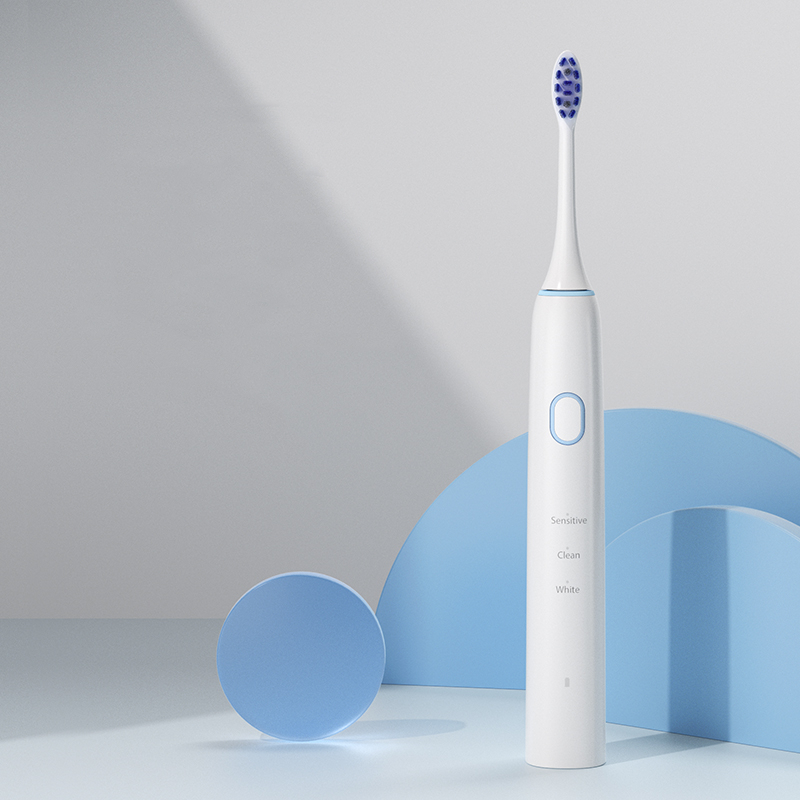
Electric Toothbrush for Gum Recession – Soft Bristles & Pressure Control
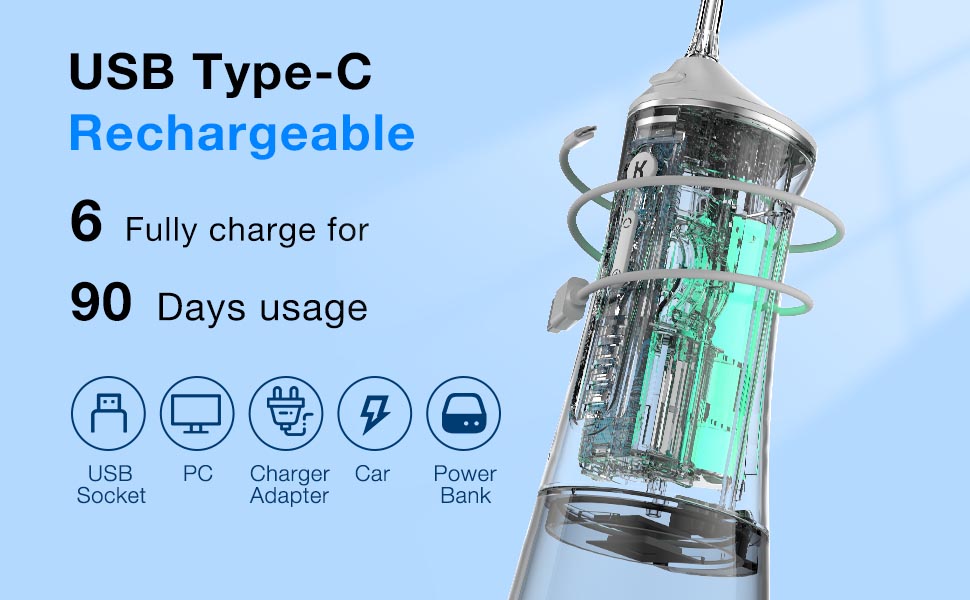
How to Fix Vibrating Toothbrush Issues via DIY Motor Troubleshooting?
.jpg)
Electric Toothbrush Noise Level Test: Powsmart vs. Philips & Oral-B

Can Sonic Brushes Polish Without Damage?

Why Choose Powsmart as Your Electric Toothbrush OEM Partner?

What’s the Best Brush for Braces cleaning?

USB-C Rechargeable Brush Dying on Trips? Portable Toothbrush Case Saves Your Smile!
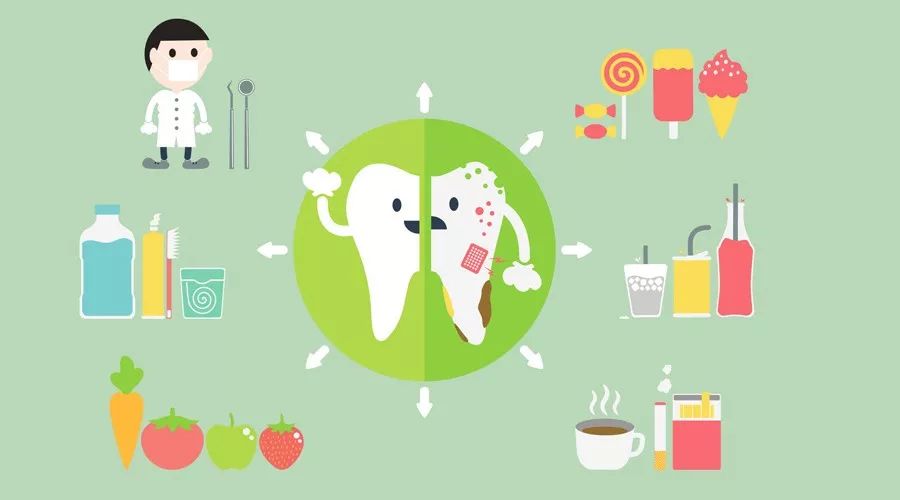
How Can I Disinfect Electric Toothbrush Head? BPA-Free & Hygienic Options
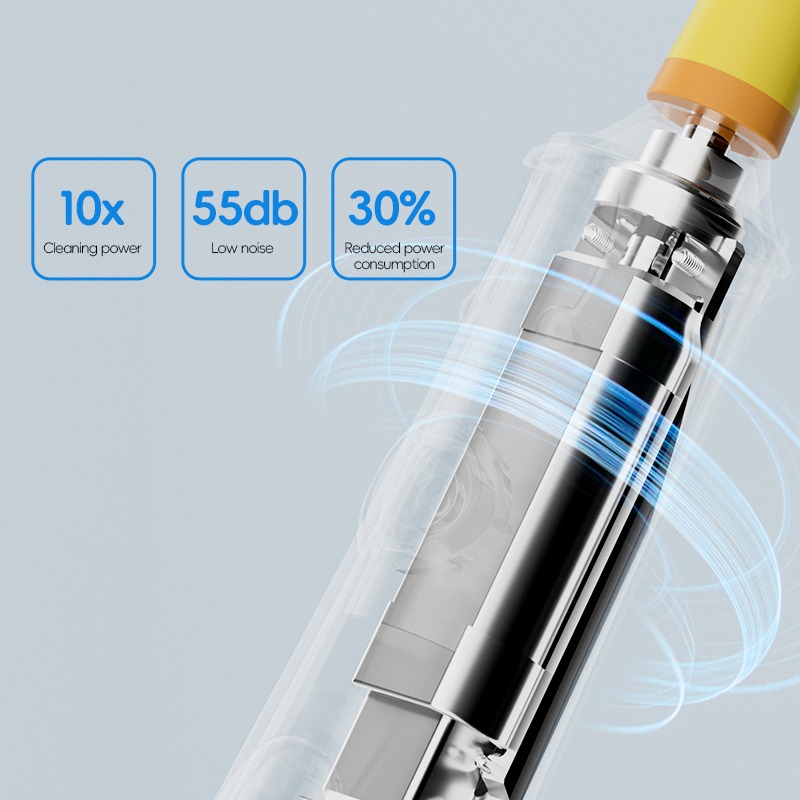
How Does This Quiet Electric Toothbrush Score in Noise Comparison Test?

Do V-Shaped Heads Clean Braces Better?
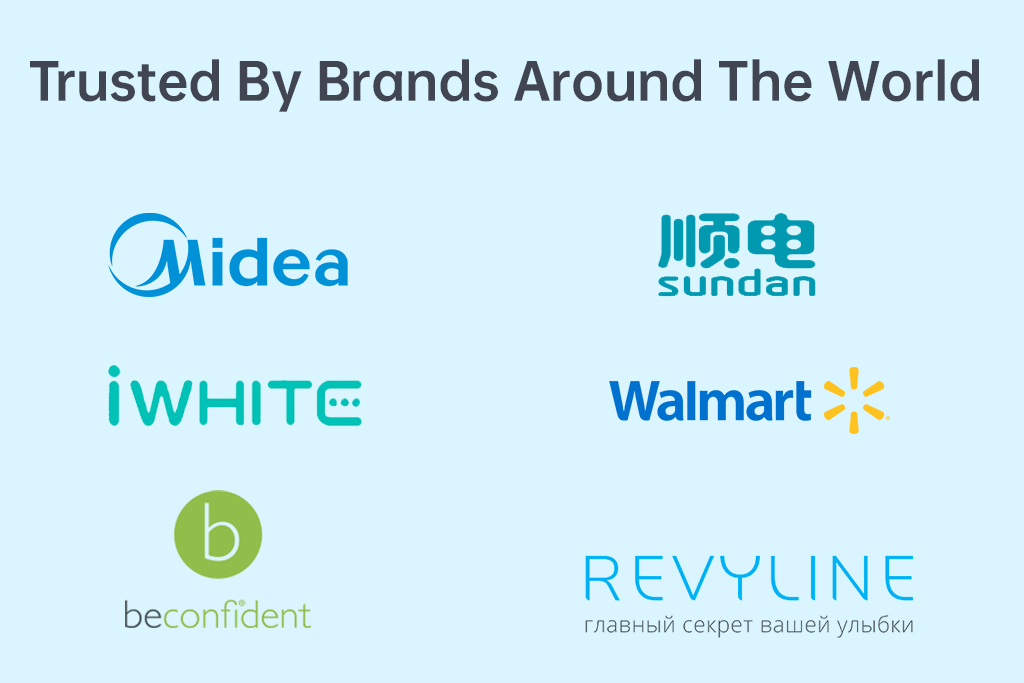
Brushing Blindly? Smart Dental Coach + Pressure Sensor Tech Reveals Hidden Plaque!

sonic electric toothbrush San Jose
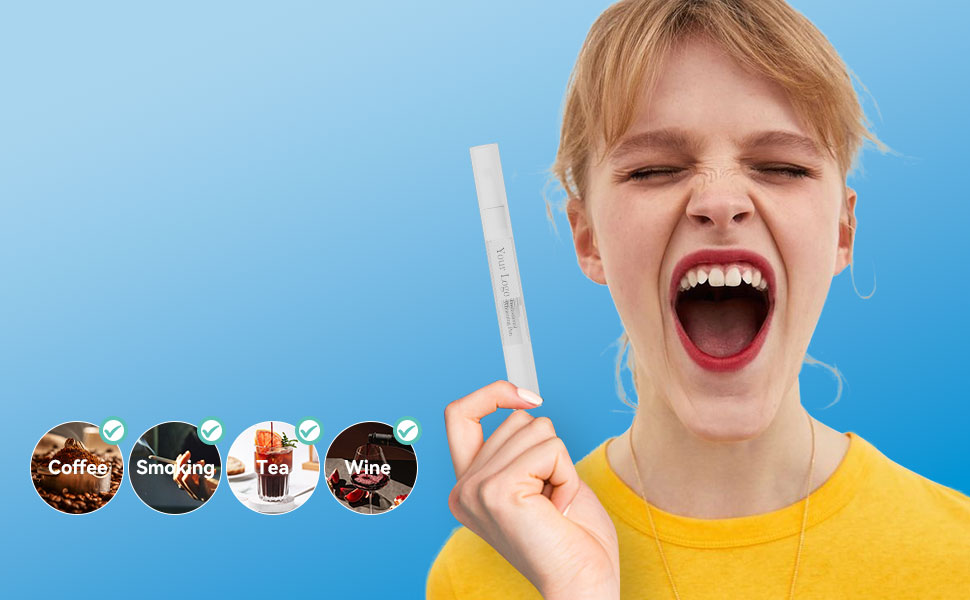
Can a High Endurance Motor Deliver Long Battery Life for 90 Days?

Custom Electric Toothbrush Packaging – Retail & Wholesale Options
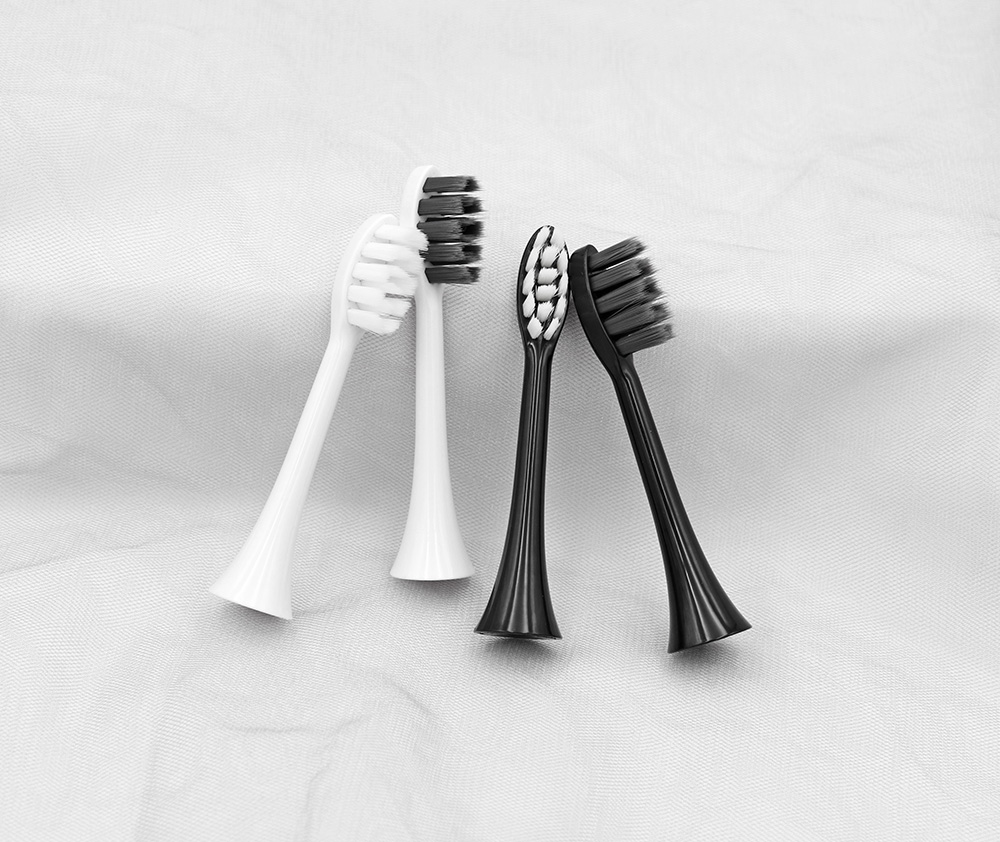
3-Month Brush Head Replacement Reminder: Why It Matters for brand owners

electric toothbrush heads Deep Clean

electric toothbrush heads Charcoal Infuse-Round

Customization Teeth Whitening Gel

electric toothbrush heads Regular Clean

Electric toothbrush heads Charcoal Infused-Diamond

electric toothbrush heads Ultra Soft
.jpg)
Florida Electric Toothbrush – Powsmart PTR-C8

Private Label Whitening Gel
whstapp
whstapp
National Toll-Free Service Hotline
+86 755 86238638